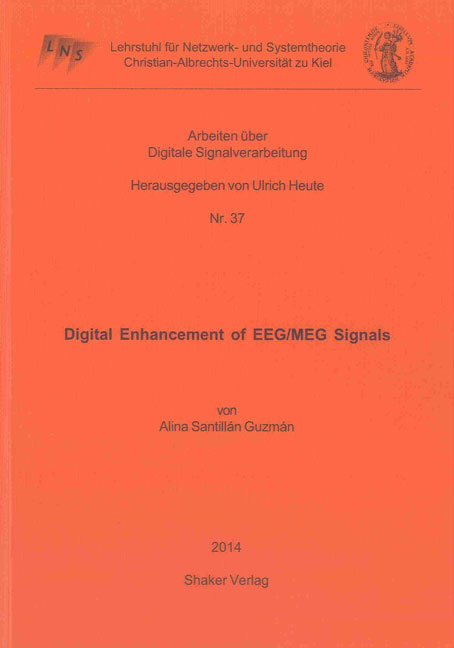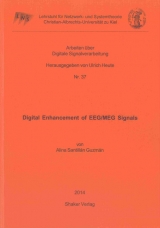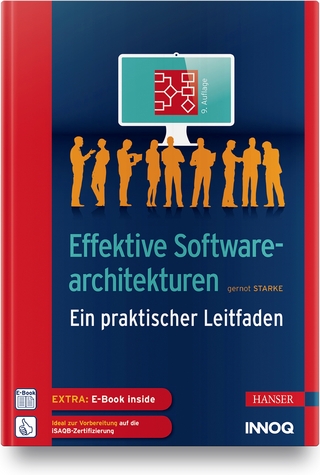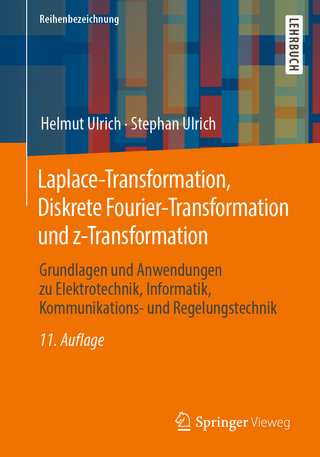Electroencephalography (EEG) and Magnetoencephalography (MEG) recordings are commonly used for analyzing the brain. However, in most cases, the recordings not only contain brain waves, but also artifacts of physiological (ocular, muscle, ECG artifacts) or technical (electrode popping, power-line) origins, and noise from different sources. The main aim of the work described in this thesis is the noise reduction and artifact suppression from EEG and MEG signals.
Different techniques for artifact suppression have been used: A Low-Pass Filter (LPF), an instantaneous Independent Component Analysis (ICA) algorithm, a combination of ICA and LPF, a combination of ICA and State-Space Modeling (SSM), a combination of ICA and Wiener filters, and a hybrid filter (i.e., a filter that works in the time- and frequency-domains). These techniques have been tested only offline in the present work.
Additionally, two artifact suppression methods that could work either offline or in real-time have been tested in real-time. The first one is a recent approach used for signal enhancement, called Empirical Mode Decomposition (EMD). This method is employed in this work for denoising, for detrending, and for suppressing the muscle artifacts from EEG signals. The second method is an algorithm here called Classification-based Signal Enhancement (CBSE). It was also used to suppress muscle artifacts in EEG signals, in real-time, using Wiener filters for signal enhancement.
In order to use any artifact suppression technique, the artifacts to be removed have to be previously identified. If the artifact suppression is done offline, the detection can be carried out by visual inspection of the data by an expert, or in an automatic way. On the other hand, if the suppression of artifacts has to be done in real-time, the artifacts have to be detected automatically. A detection technique is proposed in the present work. First, different features are extracted from the independent components, and then a threshold-based classification is performed to determine which components are contaminated, what kind of artifacts they contain, and how the suppression of the artifacts is realized. This method was tested in an offline manner in this thesis.
The effectiveness of the proposed artifact suppression techniques was demonstrated by application to either “semi-simulated” EEG signals artificially contaminated with artifacts, or to real EEG/MEG data from a healthy subject or a patient suffering from epilepsy (inherently contaminated with different kinds of artifacts). It is shown by visual inspection and in a quantitative manner that, after applying the different techniques, the EEG/MEG signals are enhanced.
To reduce the noise, an equalizer and a Wiener filter have been used. The signals employed for this purpose correspond to those from the newly developed magnetoelectric (ME) sensors at Kiel University.
Different techniques for artifact suppression have been used: A Low-Pass Filter (LPF), an instantaneous Independent Component Analysis (ICA) algorithm, a combination of ICA and LPF, a combination of ICA and State-Space Modeling (SSM), a combination of ICA and Wiener filters, and a hybrid filter (i.e., a filter that works in the time- and frequency-domains). These techniques have been tested only offline in the present work.
Additionally, two artifact suppression methods that could work either offline or in real-time have been tested in real-time. The first one is a recent approach used for signal enhancement, called Empirical Mode Decomposition (EMD). This method is employed in this work for denoising, for detrending, and for suppressing the muscle artifacts from EEG signals. The second method is an algorithm here called Classification-based Signal Enhancement (CBSE). It was also used to suppress muscle artifacts in EEG signals, in real-time, using Wiener filters for signal enhancement.
In order to use any artifact suppression technique, the artifacts to be removed have to be previously identified. If the artifact suppression is done offline, the detection can be carried out by visual inspection of the data by an expert, or in an automatic way. On the other hand, if the suppression of artifacts has to be done in real-time, the artifacts have to be detected automatically. A detection technique is proposed in the present work. First, different features are extracted from the independent components, and then a threshold-based classification is performed to determine which components are contaminated, what kind of artifacts they contain, and how the suppression of the artifacts is realized. This method was tested in an offline manner in this thesis.
The effectiveness of the proposed artifact suppression techniques was demonstrated by application to either “semi-simulated” EEG signals artificially contaminated with artifacts, or to real EEG/MEG data from a healthy subject or a patient suffering from epilepsy (inherently contaminated with different kinds of artifacts). It is shown by visual inspection and in a quantitative manner that, after applying the different techniques, the EEG/MEG signals are enhanced.
To reduce the noise, an equalizer and a Wiener filter have been used. The signals employed for this purpose correspond to those from the newly developed magnetoelectric (ME) sensors at Kiel University.
| Erscheint lt. Verlag | 28.3.2014 |
|---|---|
| Reihe/Serie | Arbeiten über Digitale Signalverarbeitung ; 37 |
| Sprache | englisch |
| Maße | 148 x 210 mm |
| Gewicht | 288 g |
| Einbandart | Paperback |
| Themenwelt | Mathematik / Informatik ► Informatik |
| Technik ► Elektrotechnik / Energietechnik | |
| Schlagworte | Artifacts • Electroencephalogram • ICA • Magnetoencephalogram • SSM |
| ISBN-10 | 3-8440-2665-7 / 3844026657 |
| ISBN-13 | 978-3-8440-2665-8 / 9783844026658 |
| Zustand | Neuware |
| Haben Sie eine Frage zum Produkt? |
Mehr entdecken
aus dem Bereich
aus dem Bereich
Ein praktischer Leitfaden
Buch (2020)
Hanser, Carl (Verlag)
CHF 69,95
den digitalen Office-Notizblock effizient nutzen für PC, Tablet und …
Buch | Softcover (2023)
Markt + Technik Verlag
CHF 13,90
Buch | Softcover (2022)
Springer Vieweg (Verlag)
CHF 55,95




